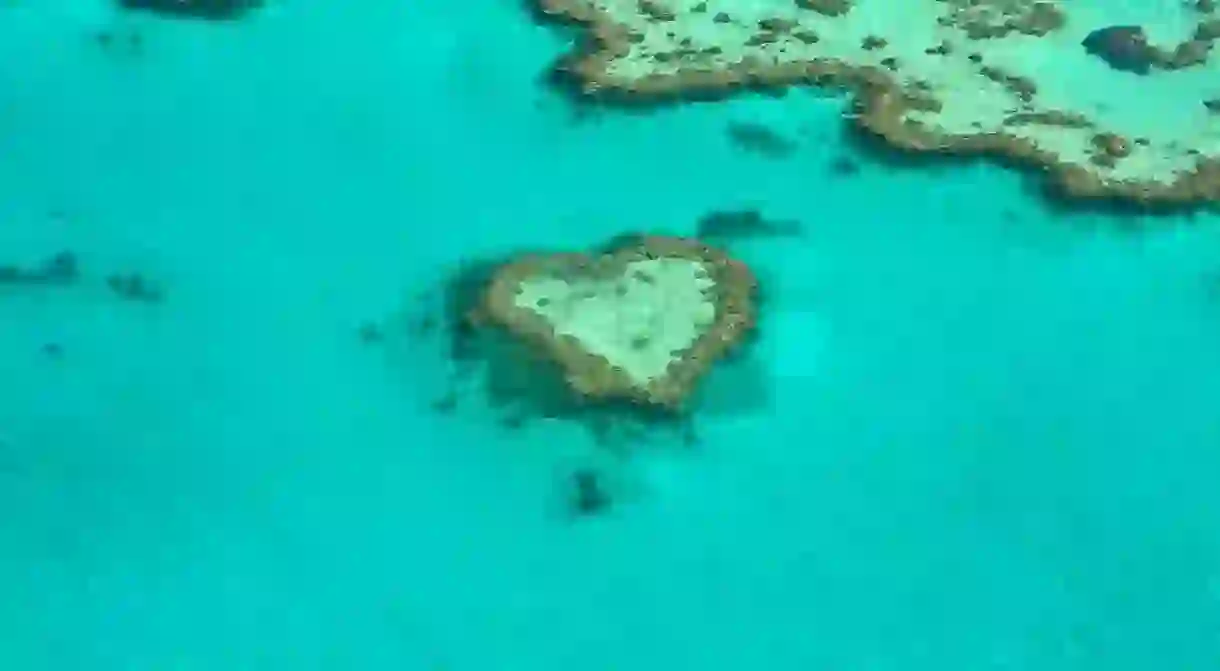The Technologies Protecting the Great Barrier Reef

The Great Barrier Reef is one of the world’s greatest natural phenomenons but is under constant attack by conditions brought on by climate change. Scientists are trying to protect the Australian attraction with new technology.
The Great Barrier Reef, located off the coast of Queensland, is the world’s largest coral reef system, stretched over a 344,400 square kilometer area, and composed of over 2,900 individual reefs. The natural wonder is built by tiny creatures called coral polyps, and is the largest single structure built by living organisms in the world. It supports all kinds of life but has been put under immense strain by changing conditions in the seas.
Rising water temperatures due to climate change have put the world’s corals under stress. In warmer waters the coral expels the algae that provide them with the energy they need, which leads to bleaching.
Bleaching is a serious problem in the Great Barrier Reef, and was the reason for the largest destruction of coral ever recorded in 2016.

One potential solution being tested is a “sun shield”, an ultra-thin surface film that would sit on the ocean’s surface and effectively cool parts of the Great Barrier Reef, preventing the conditions that lead to bleaching. The protective film is 50,000 times thinner than a human hair, and early tests have produced promising results.
“It’s designed to sit on the surface of the water above the corals, rather than directly on the corals, to provide an effective barrier against the sun,” said Anna Marsden, managing director of the Great Barrier Reef Foundation “While it’s still early days, and the trials have been on a small scale, the testing shows the film reduced light by up to 30%.”
However, Marsden also revealed that this is not a solution that could be rolled out across the entirety of the massive Great Barrier Reef. But there are other technologies being deployed to fight the problem.

One approach is to attempt to figure out the DNA of coral, and to work out what makes some of it more resistant to tough conditions than others. The Sea-quence project is the largest coral genomics sequencing effort ever, and has genetically sequenced a whole coral organism for the first time, including the coral animal, the tiny plants that live in its tissue, and the microbes for a type of massive boulder coral. The project has also successfully sequenced other forms of coral and will put the genetic codes out publicly so the global research community can work on them.
Autonomous underwater drones are being used to help monitor and protect the reef. The RangerBot Autonomous Underwater Vehicle, provides reef managers and researchers eyes and hands in the water to control pests, monitor health indicators like bleaching and water quality, and map underwater areas. The bot is able to do the work of human divers with greater efficiency.
The Great Barrier Reef is still under threat, and one that will only increase over time as our climate continues to change. If one of the world’s greatest natural wonders is to survive, these technologies and others will play a huge part.













